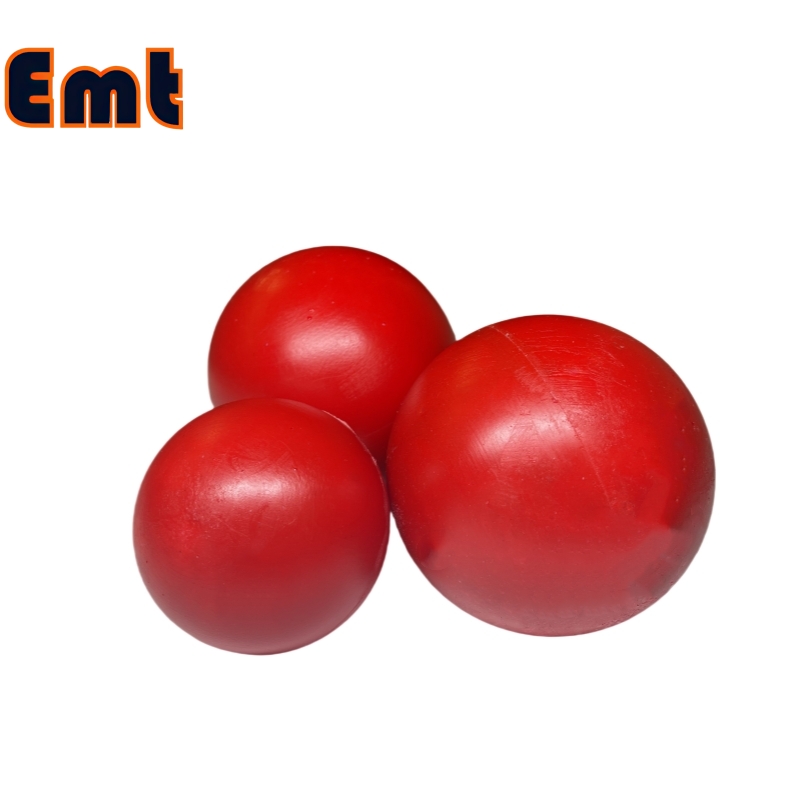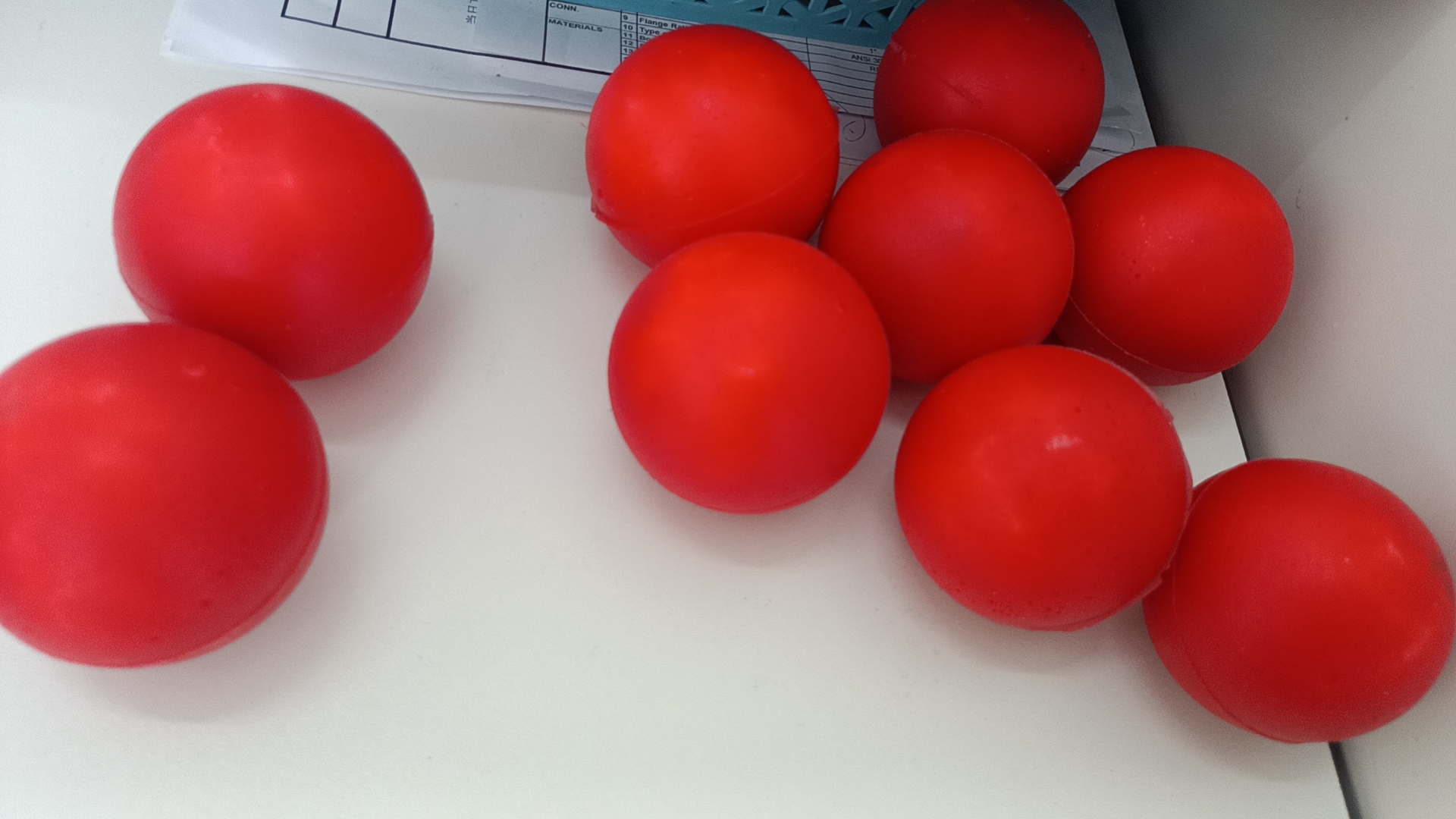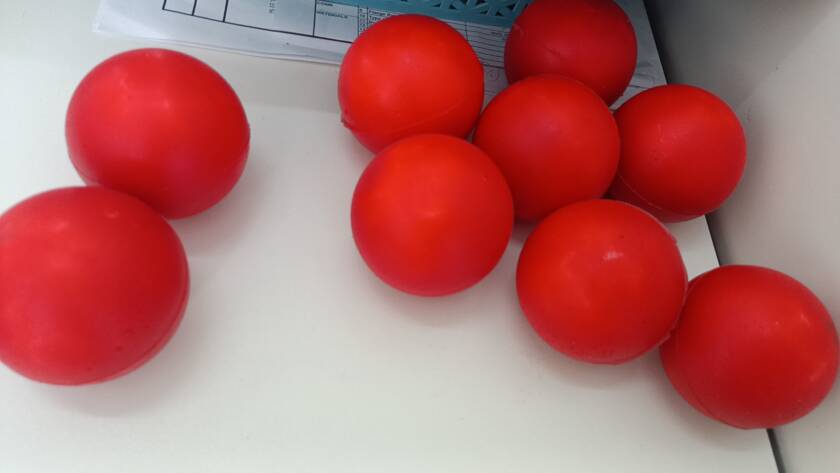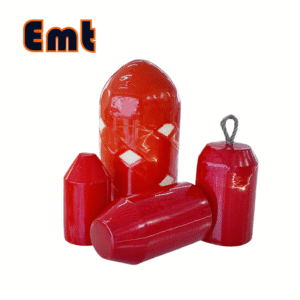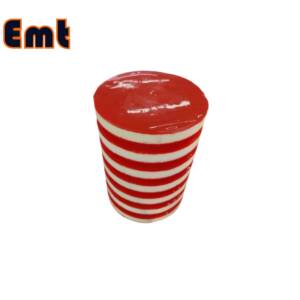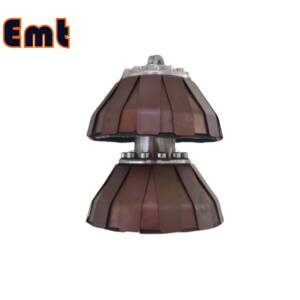Description
Pigging balls are available in a wide variety of sizes and are slightly modified to meet specific requirements. Some pipeline systems are designed to work specifically with ball pigs, utilizing specialized pig launchers or accommodating tight bends in the system. While ball pigs are appropriate for certain situations, we generally recommend using more robust cup or disc-type pigs when possible, as they provide better cleaning effectiveness and fluid removal.
These pigs typically feature a hardness of 80 Durometer (Long Life Formulation), but are also available in other Durometer ratings. Alternatively, inflatable urethane spheres can be used for specific applications.
Our product range also includes a comprehensive selection of foam balls and balls constructed from non-polyurethane materials like Buna and Neoprene. For more detailed information, please consult the Foam and Miscellaneous sections of our catalog.
Introduction
Maintaining clean and efficient pipeline systems is essential for the effective transportation of fluids. Over time, pipelines can accumulate various deposits like scale, wax, and other residues, which hinder flow and lower efficiency. To address these issues, the industry employs several cleaning techniques, with pigging emerging as a particularly effective method due to its efficiency and minimal operational disruption.
Pigging involves the use of special devices known as “pigs” to clean and inspect pipelines. These pigs, including types known as pigging balls, are propelled through the pipeline by the product flow or external forces such as water or air. As they travel, they remove debris by scraping and sweeping, ensuring the pipeline remains clear and functional.
Additionally, pigging serves a diagnostic function, providing valuable insights into the pipeline’s condition. It can identify potential problems like cracks or leaks, critical for ensuring the safety and durability of the pipeline infrastructure. This dual capability makes pigging an essential component of contemporary pipeline maintenance strategies, combining operational efficiency with vital preventative maintenance. A closer look at how pigging balls specifically enhance this process highlights their significant role in sustaining pipeline performance and health.
Parameters of Foam Pigs
| Name | Model | Performance | Technical Parameters |
| Hygroscopic Foam Pig | LCQZ-RTH | 1. One-time foaming of polyether polyurethane material forms it. | Starting pressure: 0.2-0.3 MPa |
| 2. Soft texture, and good elasticity. | Density: 35 kg/m³~150 kg/m³ | ||
| 3. It has strong water absorption performance. And the deformation amount can reach 70%. | Withstand pressure: 7 MPa | ||
| 4. Remarkable effect on dewatering, degreasing, and drying of pipelines. | Stretch rate: 320% | ||
| Compression ratio: 60 | |||
| Flex life: 50,000 times | |||
| Attrition rate: 4 mm/100 km | |||
| Operating distance: 50 km~150 km | |||
| Operating temperature: -30℃~100℃ |
| Bare Foam Pig | LCQZ-RTN | 1. Soft texture and good flexibility. | Starting pressure: 0.02 MPa |
| 2. With strong water absorption, the deformation amount can reach 60%. | Density: 35 kg/m³~220 kg/m³ | ||
| 3. For dewatering, cleaning, and drying pipelines. | Withstand pressure: 7 MPa | ||
| Stretch rate: 320% | |||
| Compression ratio: 60 | |||
| Flex life: 50,000 times | |||
| Attrition rate: 4 mm/100 km | |||
| Operating distance: 50 km~150 km | |||
| Operating temperature: -30℃~100℃ |
| Polly Foam Pig | LCQZ-RTR | 1. Polyurethane material forms its interior. The surface is coated with a polyurethane elastomer coating. | Starting pressure: 0.02 MPa |
| 2. Good flexibility and certain wear resistance. | Density: 35 kg/m³~220 kg/m³ | ||
| 3. The deformation amount can reach 50%, which is the most widely used foam pig. | Withstand pressure: 7 MPa | ||
| 4. Used for scrubbing, descaling, and fluid isolation of pipes. | Stretch rate: 320% | ||
| Compression ratio: 50 | |||
| Flex life: 50,000 times | |||
| Attrition rate: 2 mm/100 km | |||
| Operating distance: 100 km~300 km |
.
Purposes of Using Pigging Balls
Pigging balls are essential tools in pipeline maintenance, serving three primary functions: cleaning, inspection, and sealing. They are highly effective in removing debris and residue, which ensures uninterrupted pipeline operations. For inspection purposes, pigging balls help detect internal issues like cracks or corrosion, which are vital for preventive maintenance. Furthermore, they are instrumental in sealing, creating a tight seal within the pipeline that is crucial for isolating sections during maintenance or conducting leak tests. These diverse applications underscore the importance and versatility of pigging balls in upholding the integrity and efficiency of pipeline systems.
How Pigging Balls Work
Pigging balls function through a simple yet effective mechanism within pipelines, focusing primarily on their movement and interaction with internal surfaces and contaminants.
Mechanism of Action Inside Pipelines:
Pigging balls are deployed into the pipeline using a launcher designed specifically for this purpose. Propelled by the pressure of the fluid behind them—be it gas, oil, water, or another medium—they move forward. Their elasticity and size allow them to adapt to changes in the pipeline’s diameter and navigate through bends and valves effectively.
As they traverse the pipeline, pigging balls roll and spin, enhancing their cleaning ability. This dynamic movement ensures comprehensive contact with the pipeline’s internal surfaces, facilitating thorough scrubbing and the removal of deposits and buildup.
Interaction with Pipeline Contaminants:
The surface of pigging balls is designed to effectively interact with various contaminants such as sludge, wax, scale, and other deposits that can accumulate inside pipelines. Manufacturers typically select materials like rubber or foam for these balls due to their abrasiveness and durability, which are crucial for removing stubborn deposits without damaging the pipeline.
Throughout their journey, pigging balls collect and carry debris, which is removed along with the balls at the pipeline’s exit. In liquid pipelines, the medium’s flow may also help flush out dislodged contaminants, further cleansing the system.
By maintaining continuous contact with all internal surfaces and effectively clearing various types of contaminants, pigging balls not only prevent potential blockages and flow restrictions but also prolong the operational life of the pipeline by keeping it clean and intact.


